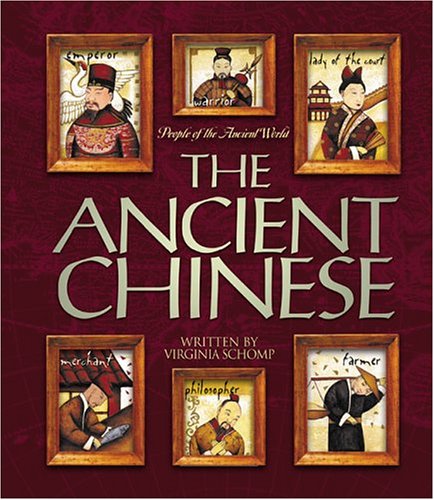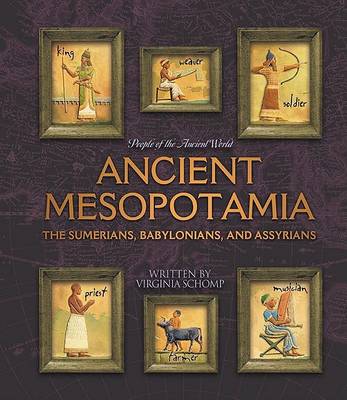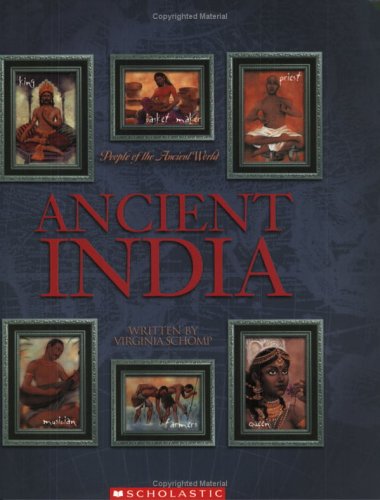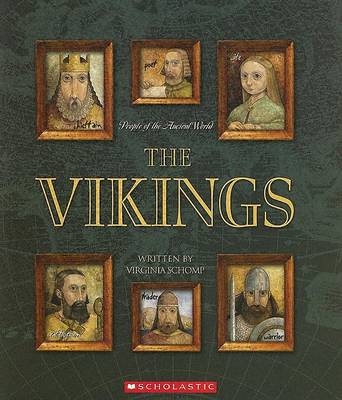People of the Ancient World
4 total works
"A retelling of several important ancient Chinese myths, with background information describing the history, geography, belief systems, and customs of the people of China"--Provided by the publisher.
- The rich, full-color interior has a strong, engaging design that will draw in young readers.- At 100+ pages, this series offers substantially more information than other books for young readers available in paperback.- Contains several special features, such as a biographical dictionary, which describes important figures in the civilization, and a timeline.National Social Studies Standards: Grades 5-8Culture: I- Explain and give examples of how language, literature, the arts, architecture, other artifacts, traditions, beliefs, values, and behaviors contribute to the development and transmission of culture.Time, Continuity, & Change: II- Identify and use key concepts such as chronology, causality, change, conflict, and complexity to explain, analyze, and show connections among patterns of historical change and continuity.- Identify and describe selected historical periods and patterns of change within and across cultures.Individuals, Groups, & Institutions: V- Demonstrate an understanding of concepts such as role, status, and social class in describing the interactions of individuals and social groups.Science, Technology, & Society: VIII- Examine and describe the influence of culture on scientific and technological choices and advancements, such as in transportation, medicine, and warfare.
Who were people of the ancient world? What was it like to be a farmer or a soldier or an artisan in ancient times? This series creates portraits of life in ancient civilizations through the inhabitants. Each chapter focuses on a different part of society, such as peasants, scholars/scribes, priests, soldiers, rulers, and more. This book looks at the culture and people of ancient India. Topics explored include religious practices and the roles of Brahman priests in society. This comprehensive title covers several important eras, including the Indus Valley Civilization and Vedic periods.
Who were people of the ancient world? What was it like to be a farmer or a soldier or an artisan in ancient times? This series creates portraits of life in ancient civilizations through the inhabitants. Each chapter focuses on a different part of society, such as peasants, scholars/scribes, priests, soldiers, rulers, and more. The Vikings were a group of peoples who lived in northern Europe, particularly the area that today is Scandinavia, from the eighth century to the eleventh century. While they were best known as fierce warriors, the Vikings also created a system of law and produced numerous literary works.



